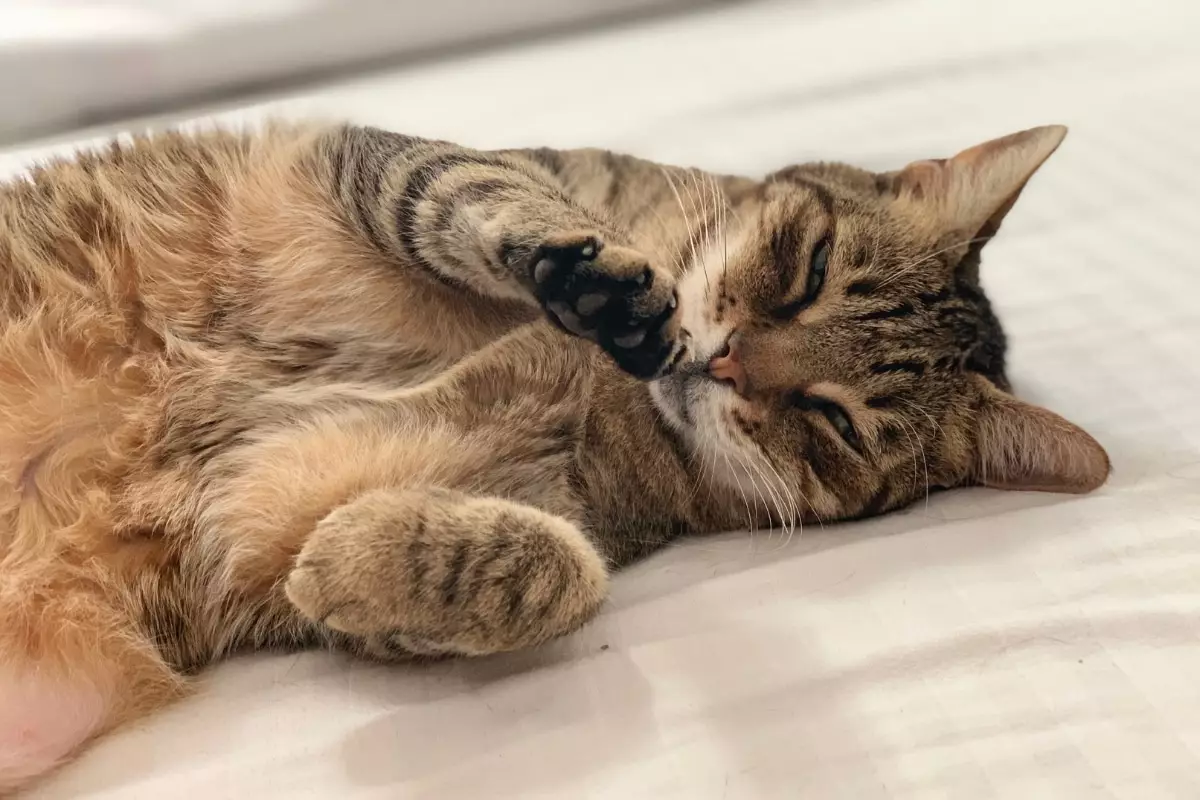Cats are not just pets; they are complex creatures with a rich array of behaviors that often leave their owners both fascinated and puzzled. Unlike dogs, who often wear their emotions on their sleeves, cats can be somewhat reserved and cryptic, communicating their needs and desires through a combination of vocalizations, body language, and behaviors. As cat owners, it is crucial to learn how to interpret what our feline friends are trying to convey. By doing so, we can create a nurturing environment that caters to their unique needs, fostering a deeper and more affectionate bond.
Often, the sounds that cats make can be quite revealing. When your cat vocalizes, such as meowing or purring, it is an expression that goes beyond mere noise. Increased vocal activity can indicate a desire for attention, play, or even hunger. For instance, if your cat meows more frequently, it might be time to evaluate the level of interaction and engagement you are providing. Responding to these vocal cues not only enhances your cat’s sense of importance but also fosters a more interactive relationship. Ignoring these signals can lead to feelings of neglect, so ensure that you designate times for personal interaction, whether through play or cuddles.
Cats are inherently playful creatures, and engaging them in interactive playtime is essential for their physical and mental well-being. If you notice your cat bringing you toys—often referred to as “gifts”—this is their way of inviting you to join in their fun. These sessions are crucial for keeping your cat agile and mentally stimulated. It’s advisable to have a variety of toys that cater to different play styles, such as those that mimic hunting or toys that require problem-solving skills. Such engagement is vital to combating boredom and ensuring your cat remains healthy and happy.
A cat’s interest in their food bowl can be more than just hunger. If your feline begins to paw at the bowl or shows a particular interest around mealtime, it might be a sign they are seeking new flavors or enhancements to their diet. While cats can be picky eaters, indulging their culinary curiosity can greatly enhance their dining experience. Incorporating high-quality, flavorful treats or varying their diet with gourmet meals can stimulate their interest in food and promote a healthier relationship with dining.
Scratching is a natural behavior for cats, serving various purposes from keeping their claws sharp to marking their territory. Increased scratching on household furniture may suggest that your cat requires more appropriate alternatives, such as scratching posts or pads. By offering designated scratching areas placed strategically in areas they frequently visit, you can discourage unwanted scratching behaviors while also allowing them to maintain their natural instincts.
Changes in a cat’s behavior, such as frequent hiding, can indicate a need for comfort and security. This is especially true in multi-pet households or during stressful situations. Building cozy hideaways with soft bedding can create a sanctuary for your cat, allowing them to retreat and feel safe. These hiding spots should be in quiet, low-traffic areas, ensuring your cat has a peaceful environment to escape to when needed.
Cats communicate a great deal through body language, often more so than through vocalizations. Observing their tails, ears, and posture can provide valuable insights into their feelings. Tail twitching and body arching are usually indicators of interest or readiness for interaction. When your cat displays these behaviors, reciprocating with gentle touch or engaging in play helps strengthen your connection.
When a cat brings you a “gift,” whether it’s a toy or an unfortunate small creature, it is a significant display of trust. They are including you in their world, which is a powerful testament to your bond. Acknowledging these gestures and engaging in play reinforces this trust and affection, allowing your relationship to flourish.
Beyond the typical treats and toys, spoiling your cat requires a keen understanding of their individual personality and preferences. By recognizing the various ways in which they communicate their needs—be it through sounds, play, or body language—you can provide them with the care and attention they seek. Engaging with your cat on their terms not only supports their emotional and physical well-being but also enriches the loving bond that connects you. So, the next time you notice your cat’s subtle signals, consider it a call to enhance their life with that extra love and attention they so richly deserve.

